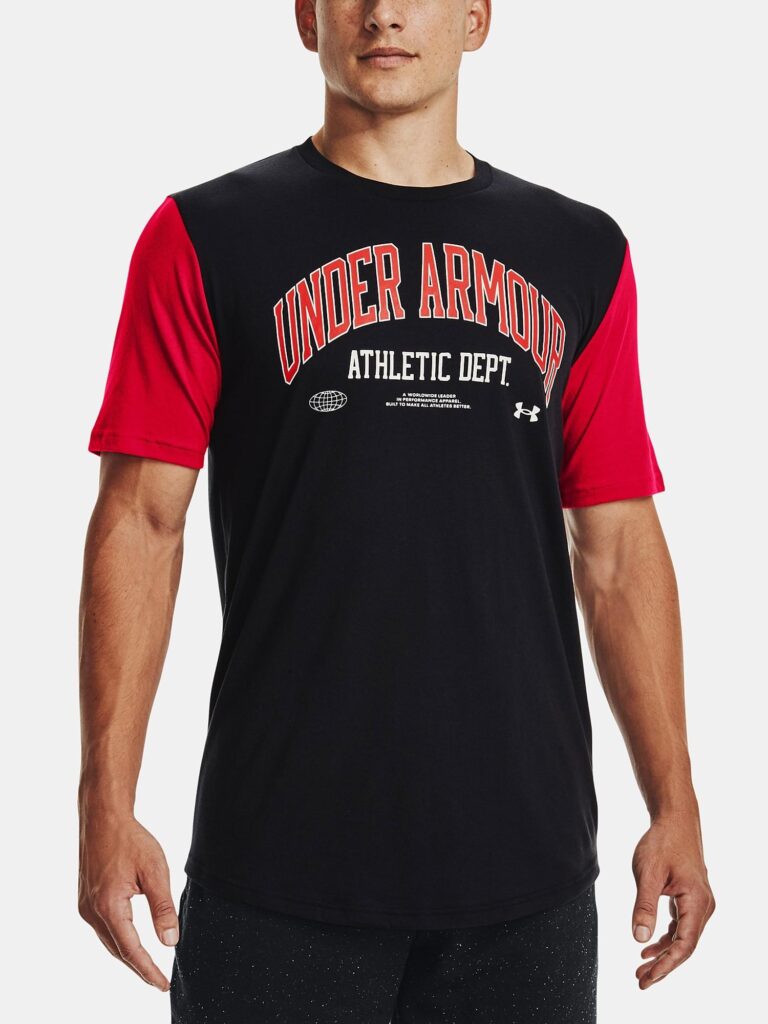Villanova University finds itself at the center of a growing debate as collegiate athletics increasingly resemble big business. With private equity firms staking claims in athletic departments nationwide, questions about antitrust implications are mounting. This shift from traditional university oversight to profit-driven models has raised concerns over competitive balance, governance, and the future of college sports. As Villanova navigates these complex dynamics, experts and stakeholders are closely watching how antitrust laws will shape the evolving landscape of collegiate athletics.
The Rising Role of Private Equity in Collegiate Athletic Departments
Over the past decade, private equity firms have increasingly targeted collegiate athletic departments as lucrative investment opportunities, shifting the traditional paradigm of college sports management. This trend reflects a broader commercialization of athletics, where profit motives begin to intertwine deeply with educational missions. These financial entities are not only injecting capital but are also influencing decisions related to media rights, sponsorship deals, and facility upgrades. As a result, athletic departments are evolving into complex business operations, with private equity often demanding significant control and returns on investment. Such shifts raise critical questions about the alignment between commercial interests and the values of collegiate athletics.
The infusion of private equity raises a host of antitrust concerns, particularly surrounding competition and governance within NCAA institutions. Critics argue that this growing influence risks creating monopolistic dynamics that could undermine fair competition and athlete welfare. Some focal points include:
- Consolidation of media rights agreements that limit broadcasting diversity and inflate prices
- Potential conflicts of interest where investment priorities clash with academic integrity
- Restrictions on athlete compensation models, particularly as private equity interests seek to maximize profits
- Reduced transparency in financial management and departmental decision-making
| Impact Area | Private Equity Influence | Potential Antitrust Issue |
|---|---|---|
| Media Rights | Exclusive multi-year contracts | Market monopolization |
| Sponsorship | Uniform branding deals | Anti-competitive agreements |
| Governance | Board appointment authority | Conflict of interest |
| Athlete Compensation | Profit-sharing limits | Restraint of trade |
Antitrust Challenges and Legal Risks in Sports Business Transactions
With the influx of private equity into collegiate athletics, sports business transactions face heightened scrutiny under antitrust laws. The consolidation of athletic departments and related assets under large investment firms raises concerns about monopolistic behavior and unfair competition. Regulatory bodies are increasingly vigilant about practices that might limit market access for smaller universities or restrict the bargaining power of athletes and coaches. Potential violations include price-fixing in broadcasting rights, exclusive licensing agreements, and anticompetitive restrictions on athlete endorsements, all of which could trigger costly litigation and financial penalties.
Legal risks extend beyond typical transactional disputes, highlighting the importance of compliance strategies that anticipate antitrust pitfalls. Sports organizations and investors must navigate complex regulations such as the Sherman Act and the Clayton Act, balancing growth ambitions with legal boundaries. Common challenges seen in recent cases include:
- Market allocation agreements that divide territories or audiences between competitors
- Exclusive contracts that limit new entrants or innovations
- Restraints on athlete endorsements limiting player earnings
- Price discrimination impacting ticket sales and sponsorship valuations
| Transaction Type | Antitrust Concern | Legal Risk Level |
|---|---|---|
| Broadcast Rights Deal | Exclusive Territory | High |
| Mergers of Departments | Market Concentration | Medium |
| Athlete Licensing Agreements | Price-Fixing | High |
| Sponsorship Contracts | Exclusive Ties | Medium |
Economic Impacts on Universities and Student-Athletes
As private equity firms increasingly view collegiate athletic departments as lucrative business ventures, universities face profound economic shifts. Traditional revenue streams such as ticket sales, broadcasting rights, and merchandise have expanded, but so too have the demands for profit maximization. This can lead to intensified commercialization, with decisions often prioritizing financial returns over educational missions. For institutions like Villanova University, this evolving landscape presents challenges in balancing competitive athletic programs with sustainable fiscal management and academic integrity.
Meanwhile, student-athletes find themselves navigating a complex economic environment where their labor generates significant income, yet compensation frameworks remain contentious. While recent policy changes around Name, Image, and Likeness (NIL) rights mark progress, concerns linger regarding equitable pay and long-term security. Key economic impacts include:
- Increased pressure on student-athletes to perform as revenue drivers
- Disparities in resource allocation between programs and universities
- Heightened risk of exploitation amid commercial interests
| Economic Factor | Impact on Universities | Impact on Student-Athletes |
|---|---|---|
| Private Equity Investment | Increased capital but higher profit expectations | Potentially greater NIL opportunities, less job security |
| Broadcasting Rights | Significant revenue boosts for athletic budgets | Increased exposure and recruitment pressure |
| Merchandising | New revenue source for branding | Unequal share of merchandising profits |
Policy Recommendations for Maintaining Competitive Integrity in College Sports
To safeguard the competitive balance threatened by private equity involvement in collegiate athletics, policymakers should implement stringent transparency requirements. Athletic departments must disclose all financial dealings, especially those involving third-party investors, ensuring clear visibility into ownership stakes and revenue-sharing arrangements. Additionally, independent oversight bodies should be established to monitor compliance with antitrust laws, preventing monopolistic practices that could skew the playing field in favor of well-funded programs.
Enforcing robust financial caps on recruiting and coaching salaries can also level the competition between institutions, curbing the disproportionate influence of capital injection from private entities. Moreover, policymakers ought to encourage collaborative models among universities – fostering resource-sharing agreements instead of exclusive buyouts. The table below summarizes crucial policy measures proposed for maintaining fairness:
| Policy Measure | Purpose | Expected Outcome |
|---|---|---|
| Transparency Mandates | Financial Disclosure | Exposes hidden conflicts |
| Independent Oversight | Compliance Monitoring | Prevents market monopolies |
| Salary Caps | Limit on Spending | Promotes equitable competition |
| Collaborative Resource Sharing | Joint Investment Models | Reduces financial inequality |
Final Thoughts
As collegiate athletics continue to evolve into lucrative enterprises, the intersection of private equity investments and university athletic departments raises pressing antitrust questions. Villanova University’s experience highlights both the financial opportunities and legal complexities inherent in treating college sports as a business. As stakeholders navigate this shifting landscape, regulators and institutions alike must balance commercial interests with fair competition principles to preserve the integrity of collegiate athletics. The coming months will be pivotal in determining how antitrust laws adapt to the growing influence of private capital in the world of college sports.





